The garden not only symbolized imperial power, but also exuded splendor at first sight.
Schloss Schönbrunn, the summer palace of the Austro-Hungarian monarchy, is one of the largest and most magnificent Baroque palaces in Central Europe.
Schönbrunn Palace, located in Vienna, Austria, is one of the most impressive Baroque palaces in Europe and is also an important architectural, cultural and historical monument.
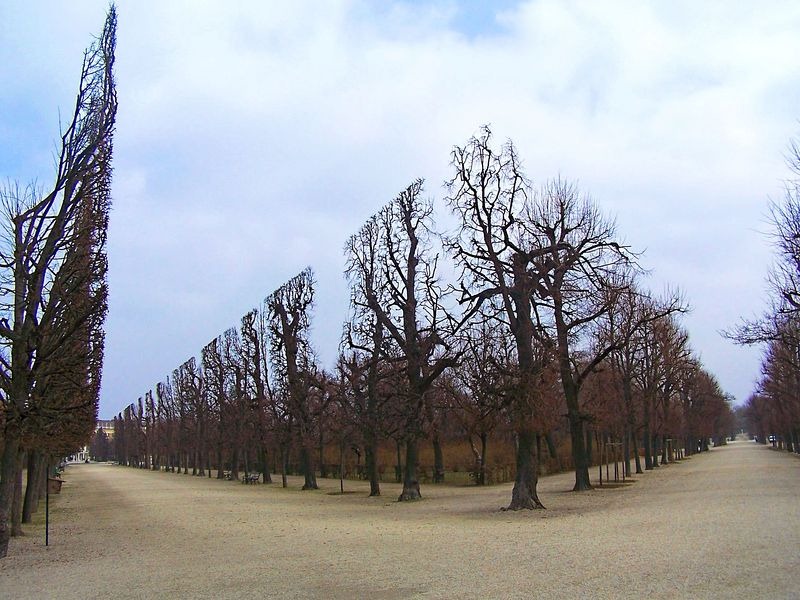
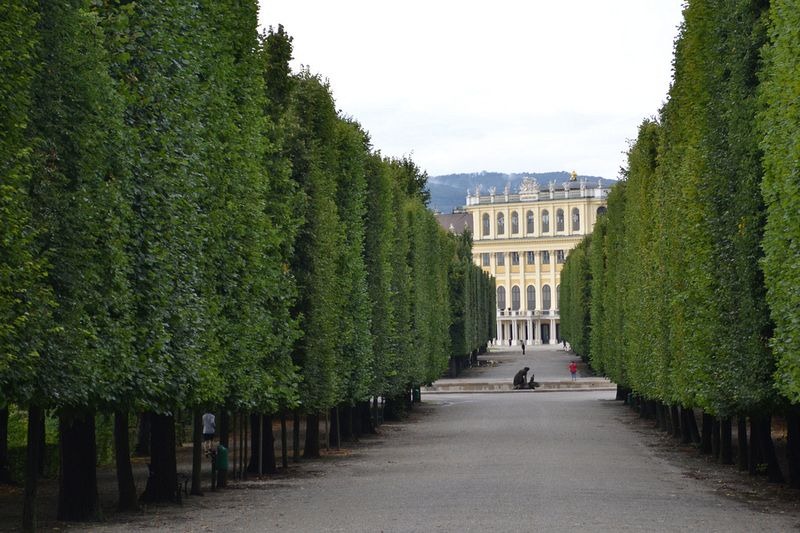
Schönbrunn Palace and part of the garden.
The palace was the former residence of the Hapsburg emperors from the 18th to the 19th century. The area was originally a hunting lodge and later a summer retreat for the Habsburg family. But during the Turkish attack in late 1683, the site was almost completely destroyed.
It was not until the 1740s and 1750s, during the reign of Queen Maria Theresa, who received this estate as a wedding gift, that the palace castle was built and renovated. During the renovation, it was expanded to become a royal resort, surrounded by an impressive baroque garden. The garden not only symbolized imperial power, but also showed its magnificence at “first sight”.
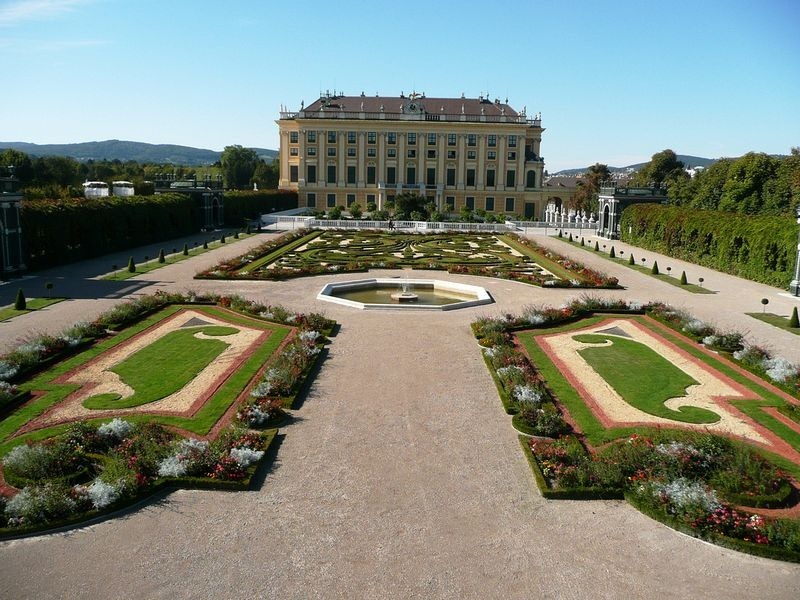
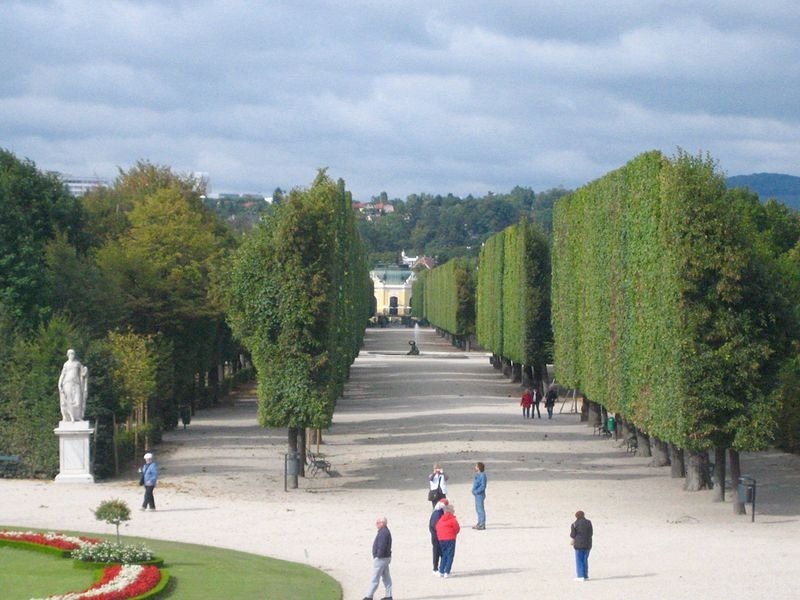
The largest area behind the palace facade faces the garden known as the Great Parterre. It is a symmetrical flowerbed arranged in an intricate pattern inspired by embroidery. On either side are rows of trimmed trees that form a wall with walkways.
The hedges and tree lines were planted around 1750 and total more than 30 km. Gardeners used specially designed frames to trim the trees to the top. Today, the frames are pulled by tractors or trams, rather than horses as they were a few decades ago. Pruning is also easier with electric hedge trimmers. However, it still took 7 months to complete the entire garden.
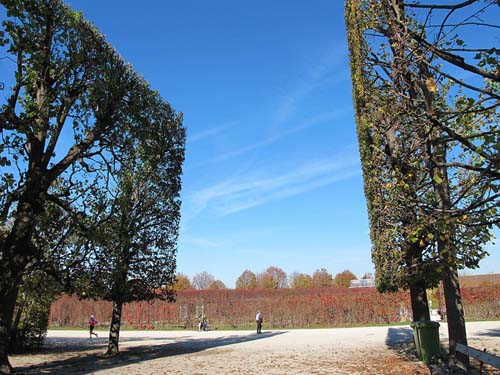
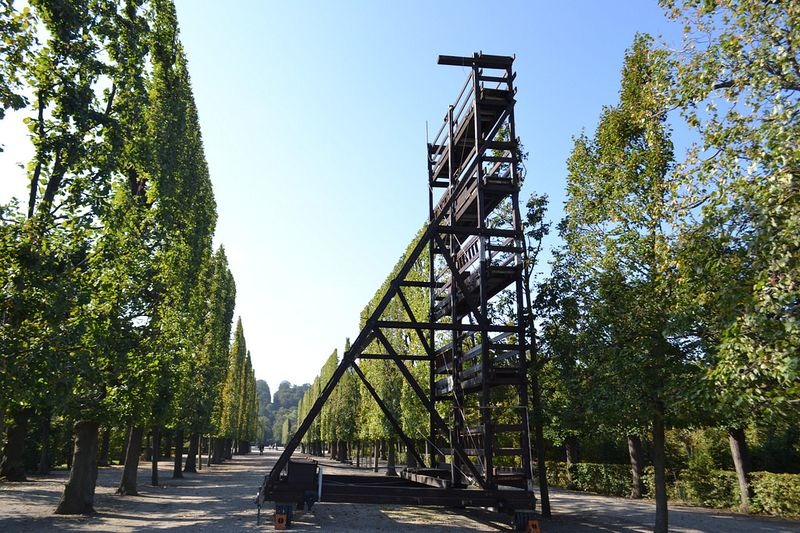
The garden ladder has been used since the 18th century.
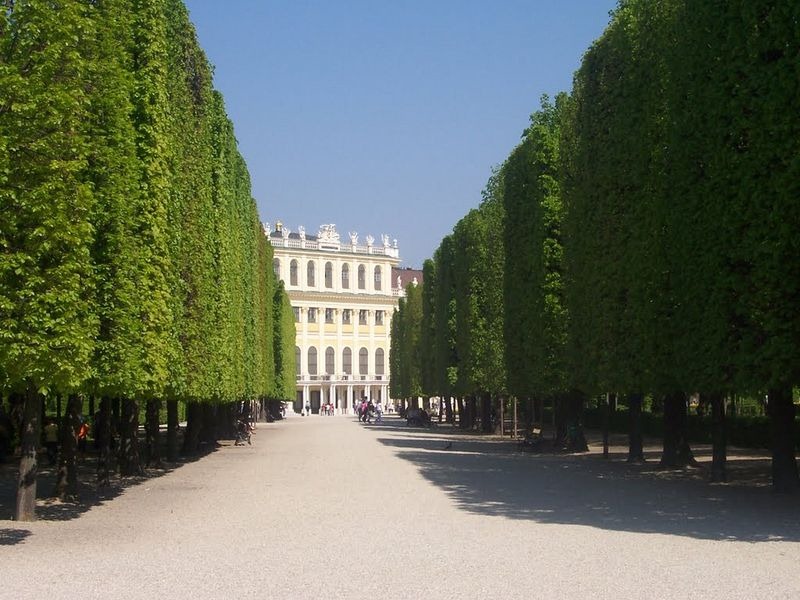
Schönbrunn Palace is now recognized by UNESCO as a world cultural heritage and is included in the list of tourist attractions in the capital Vienna.





